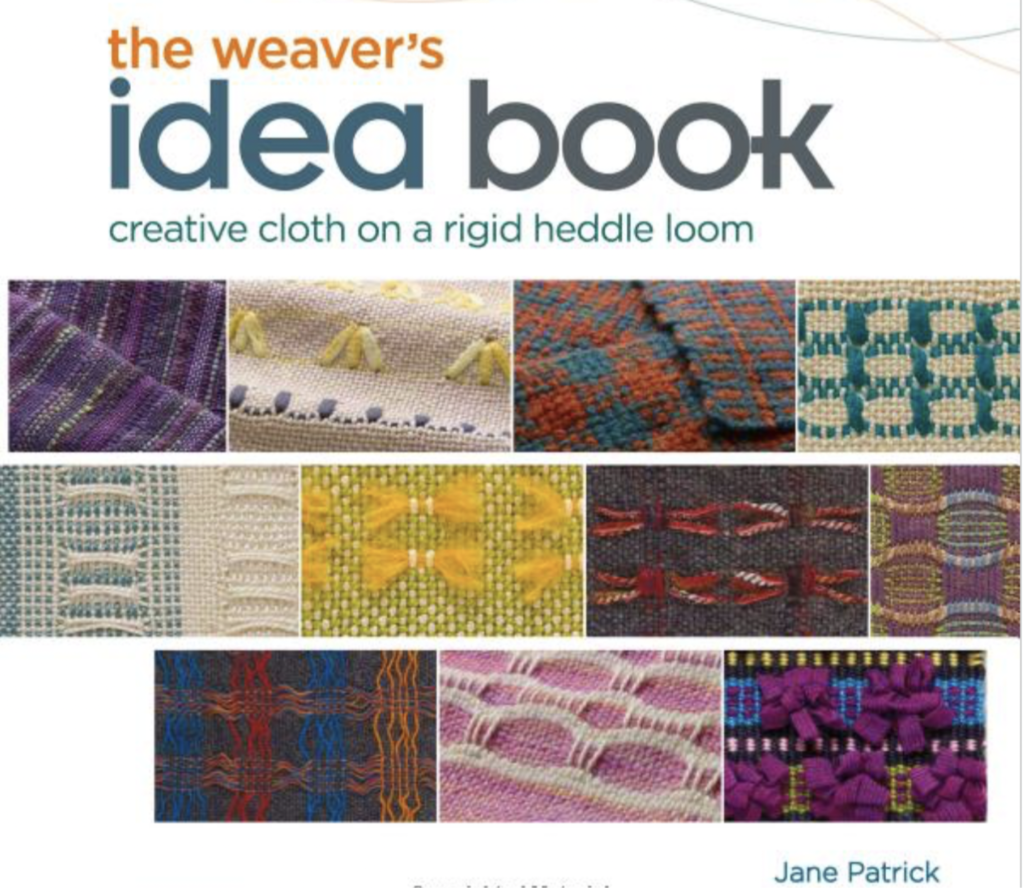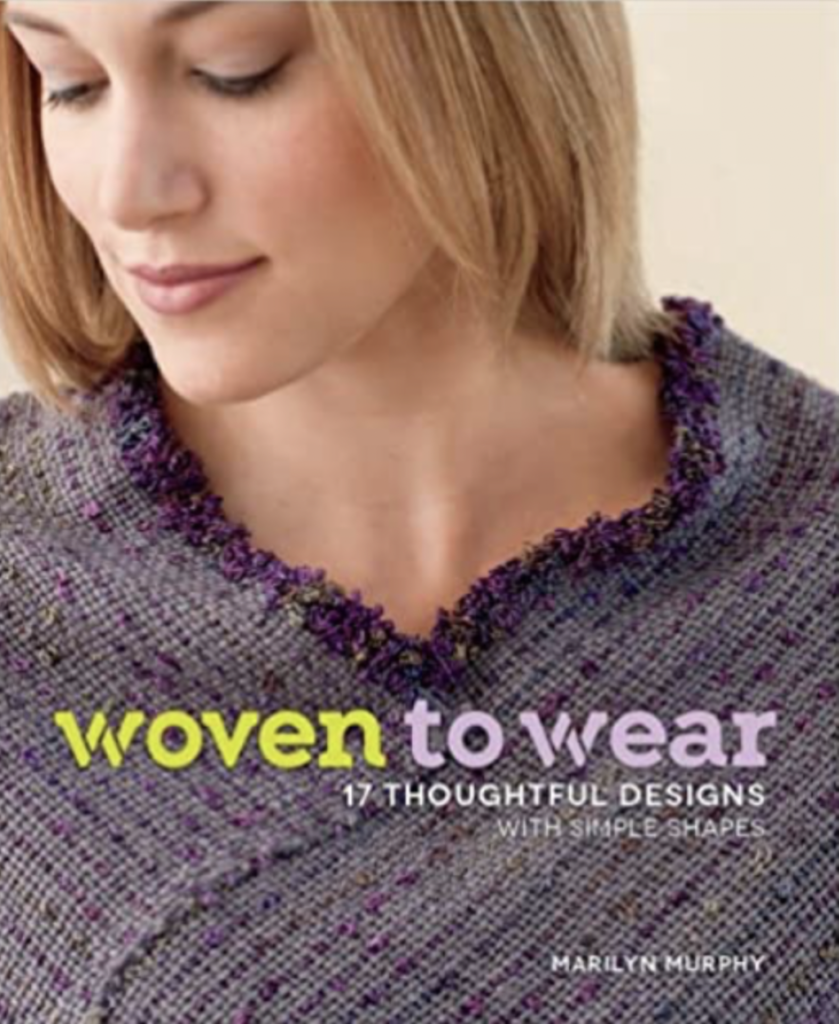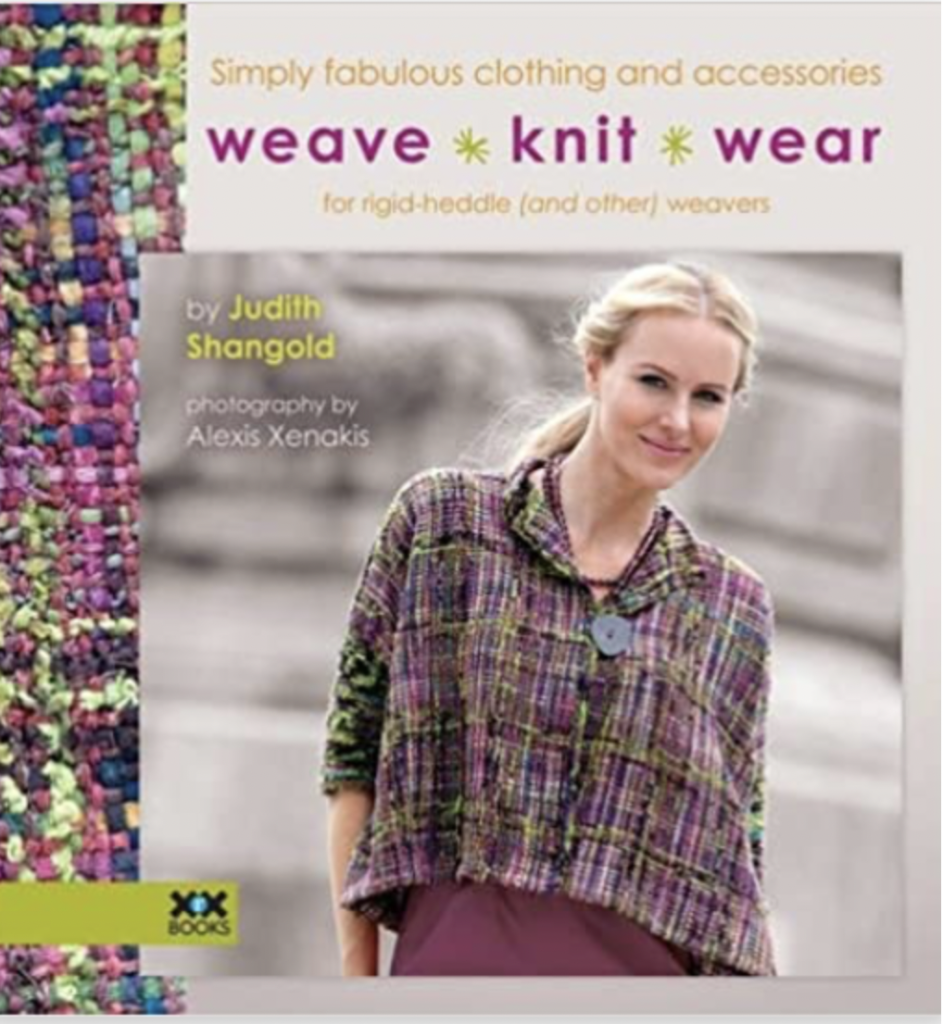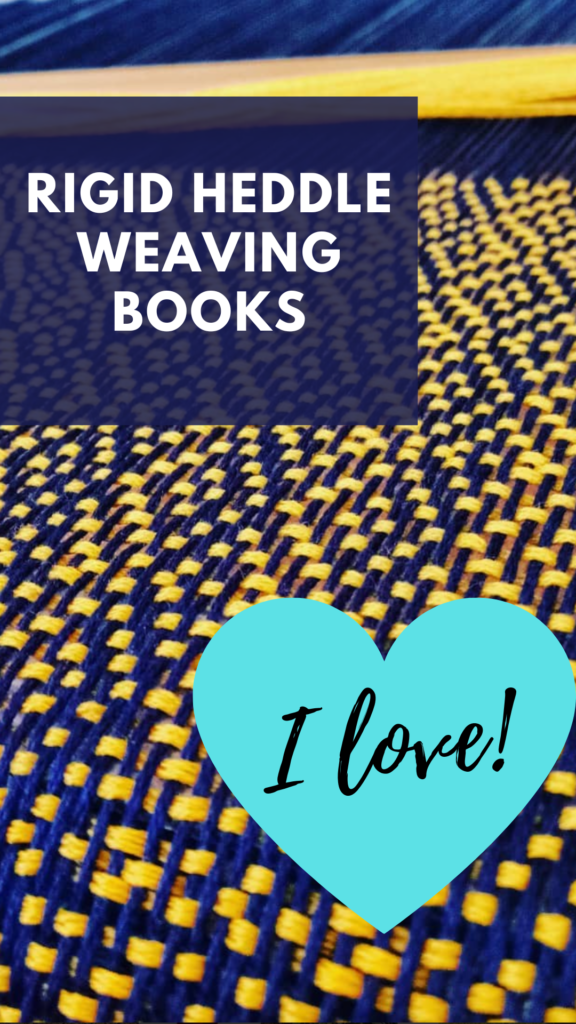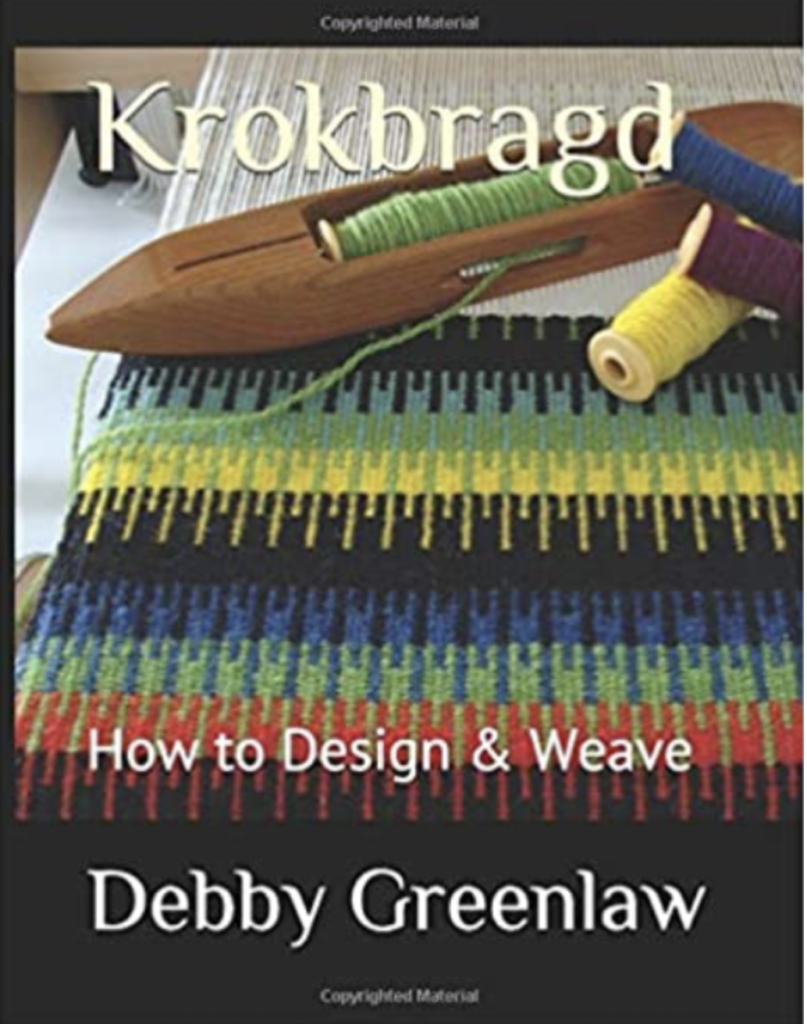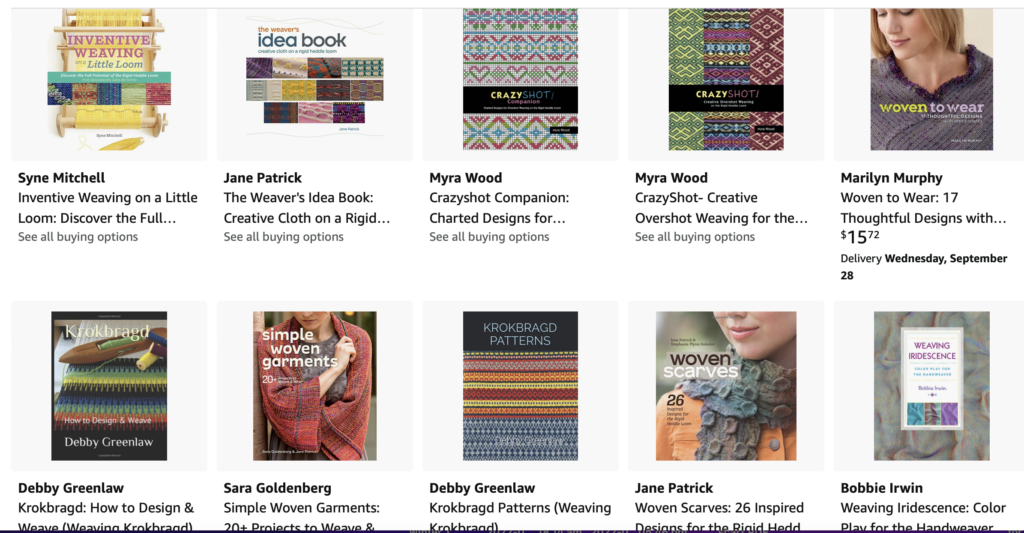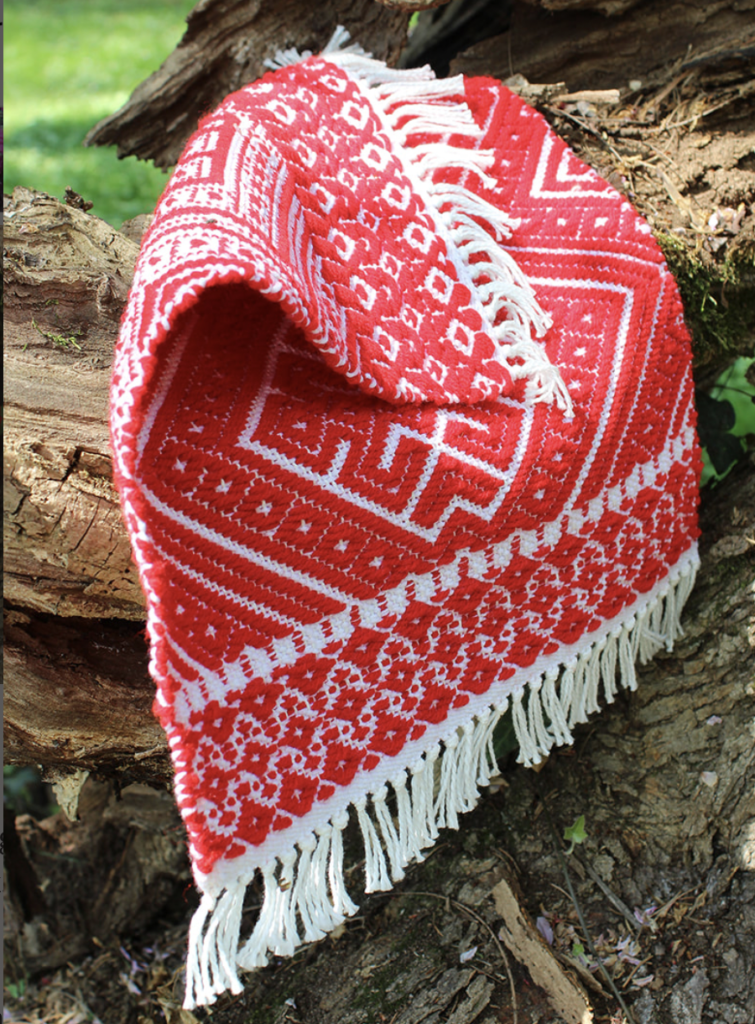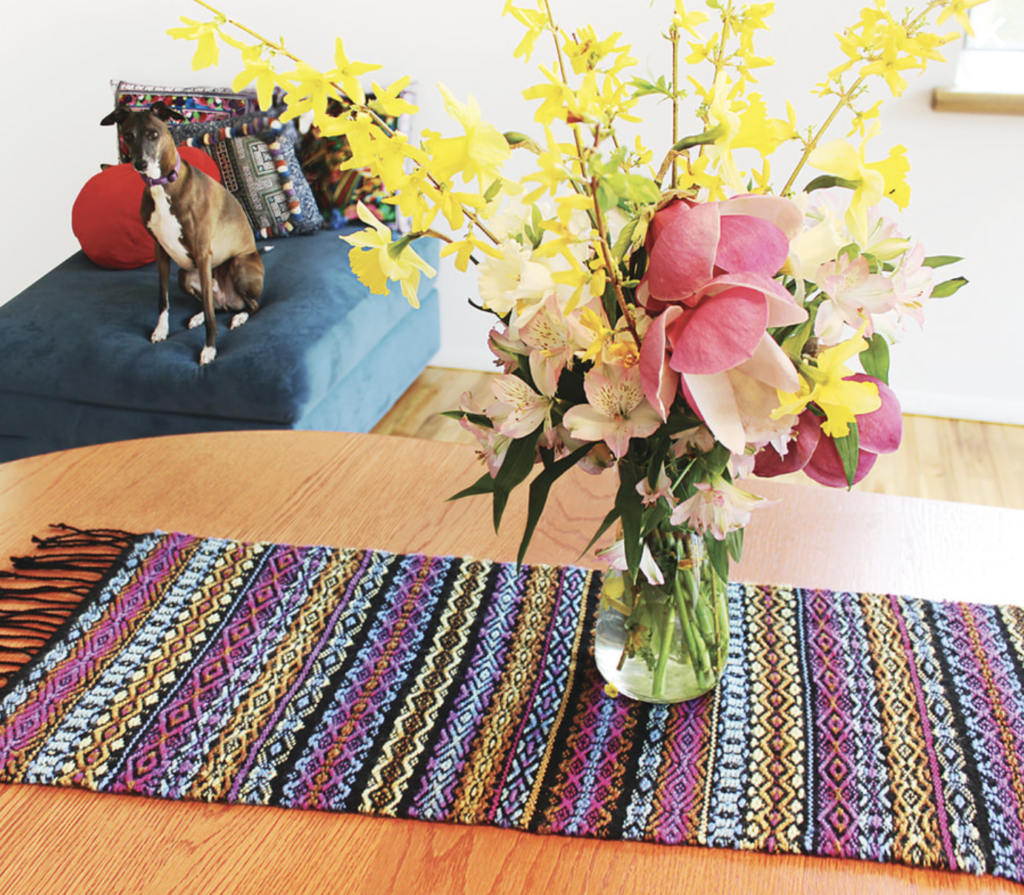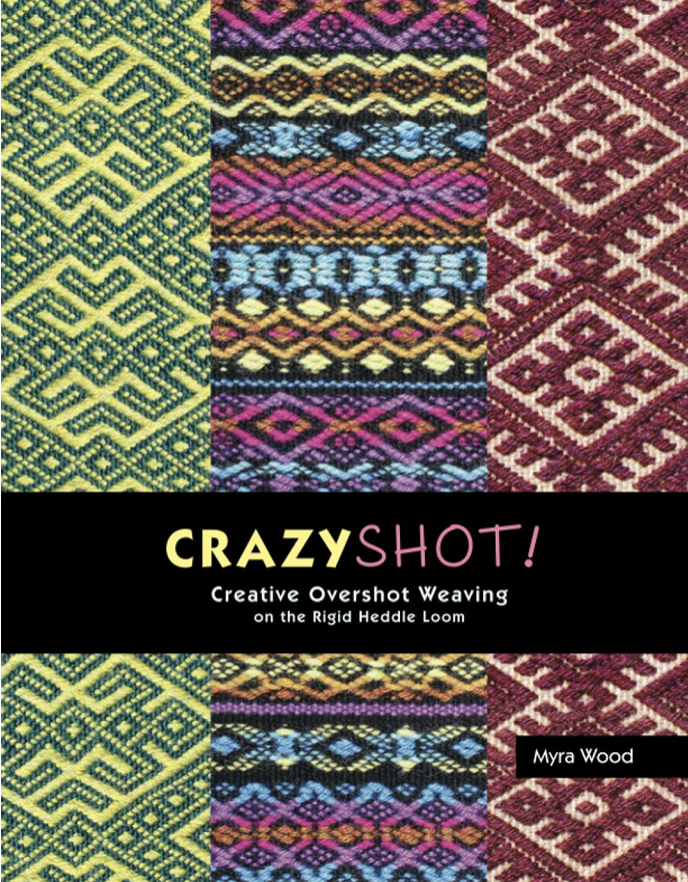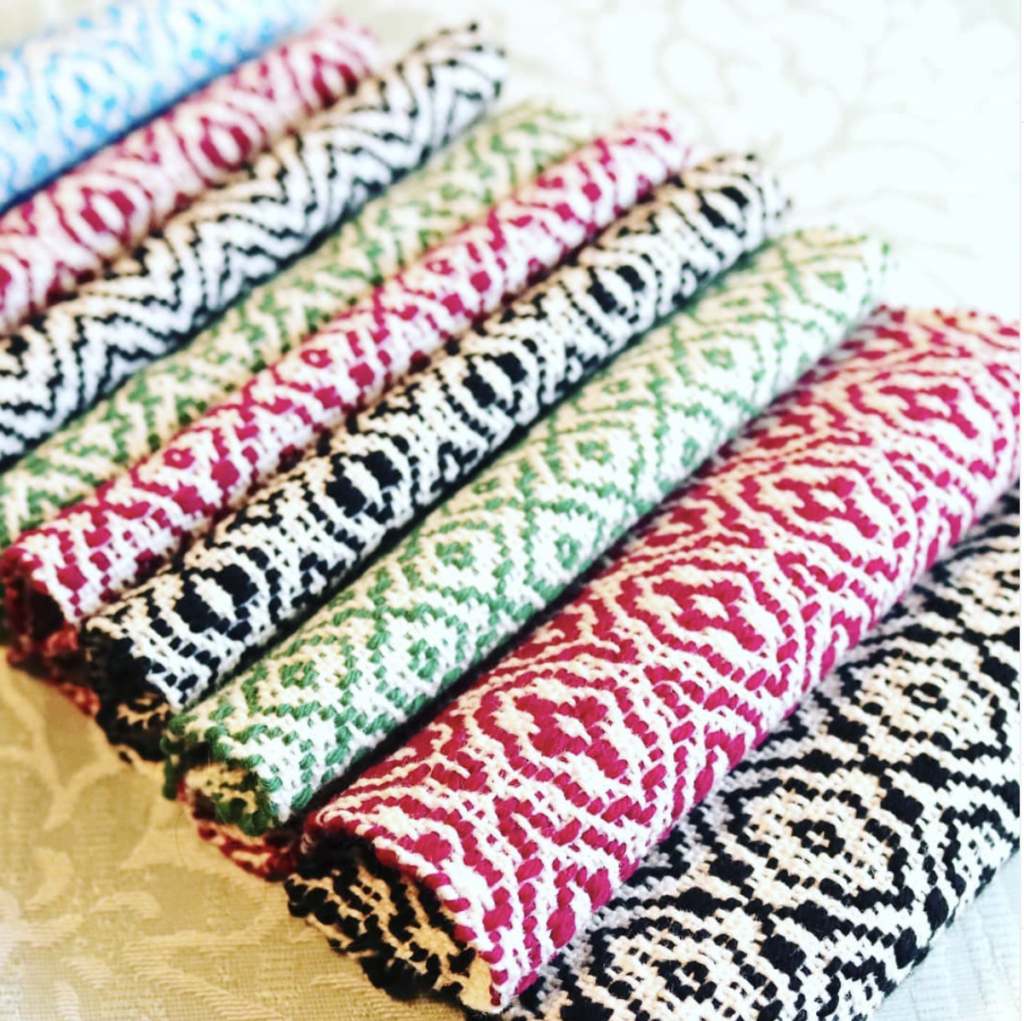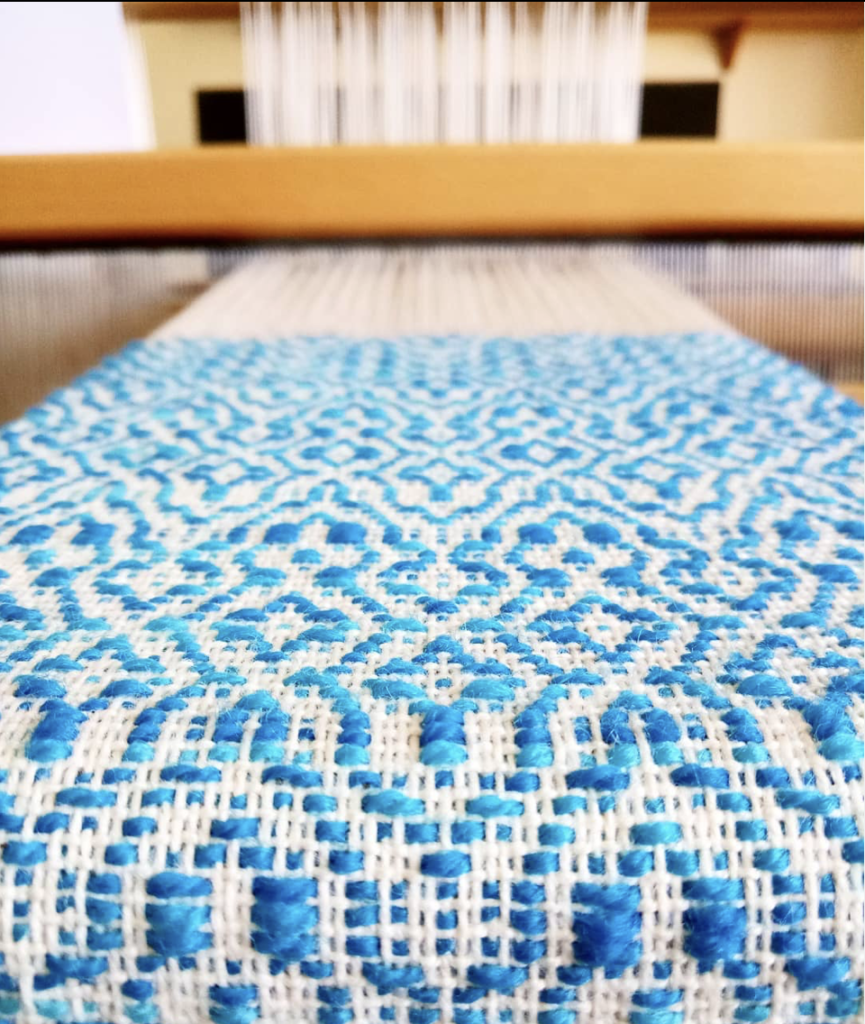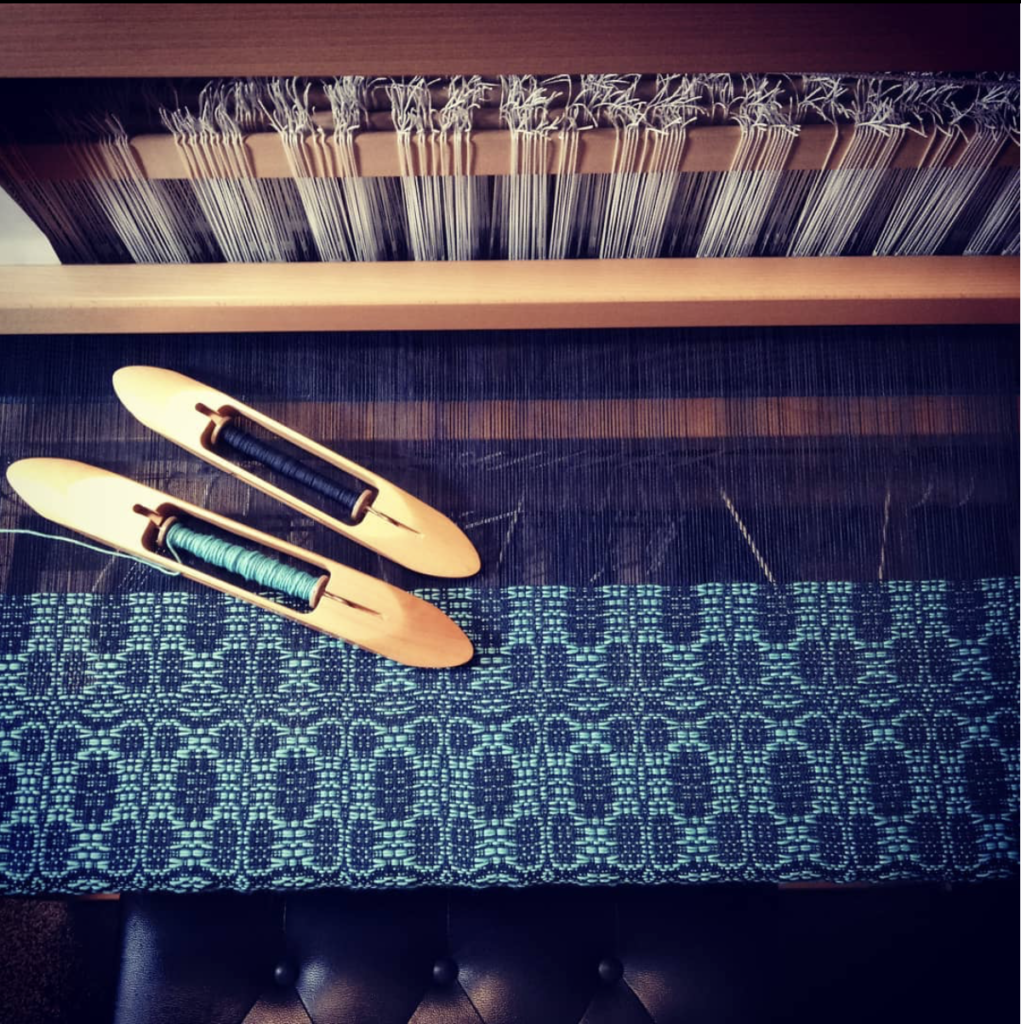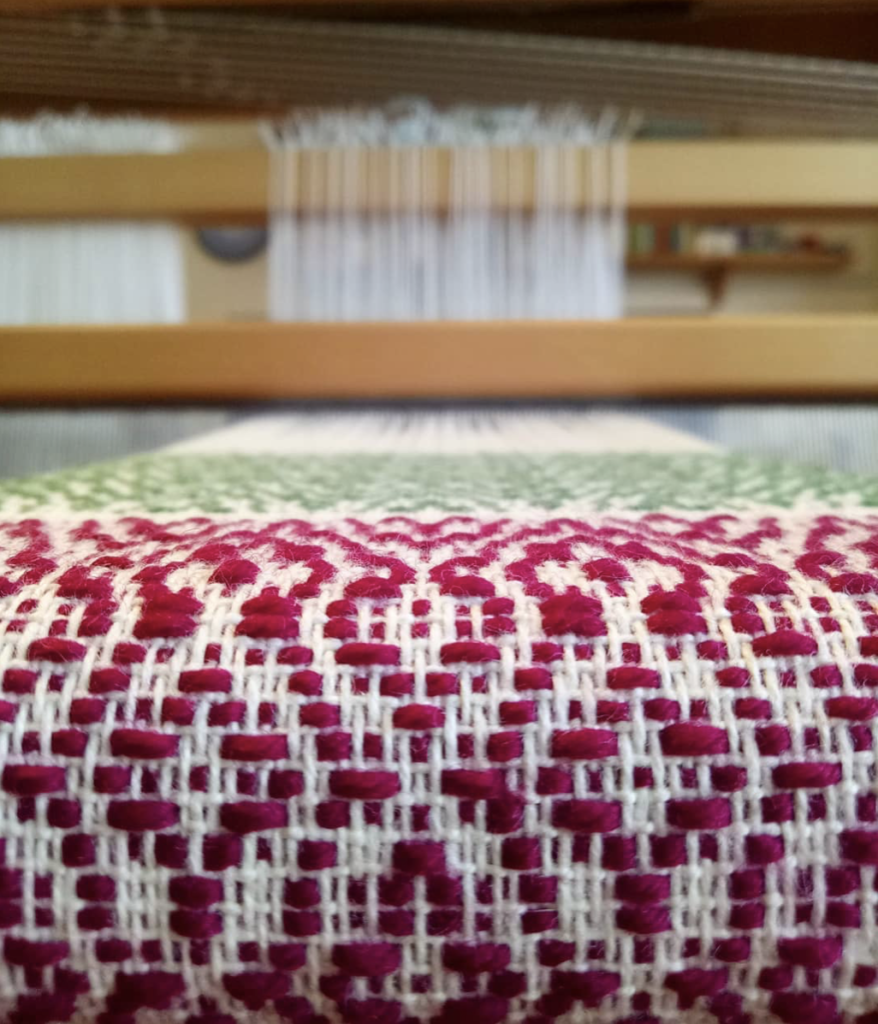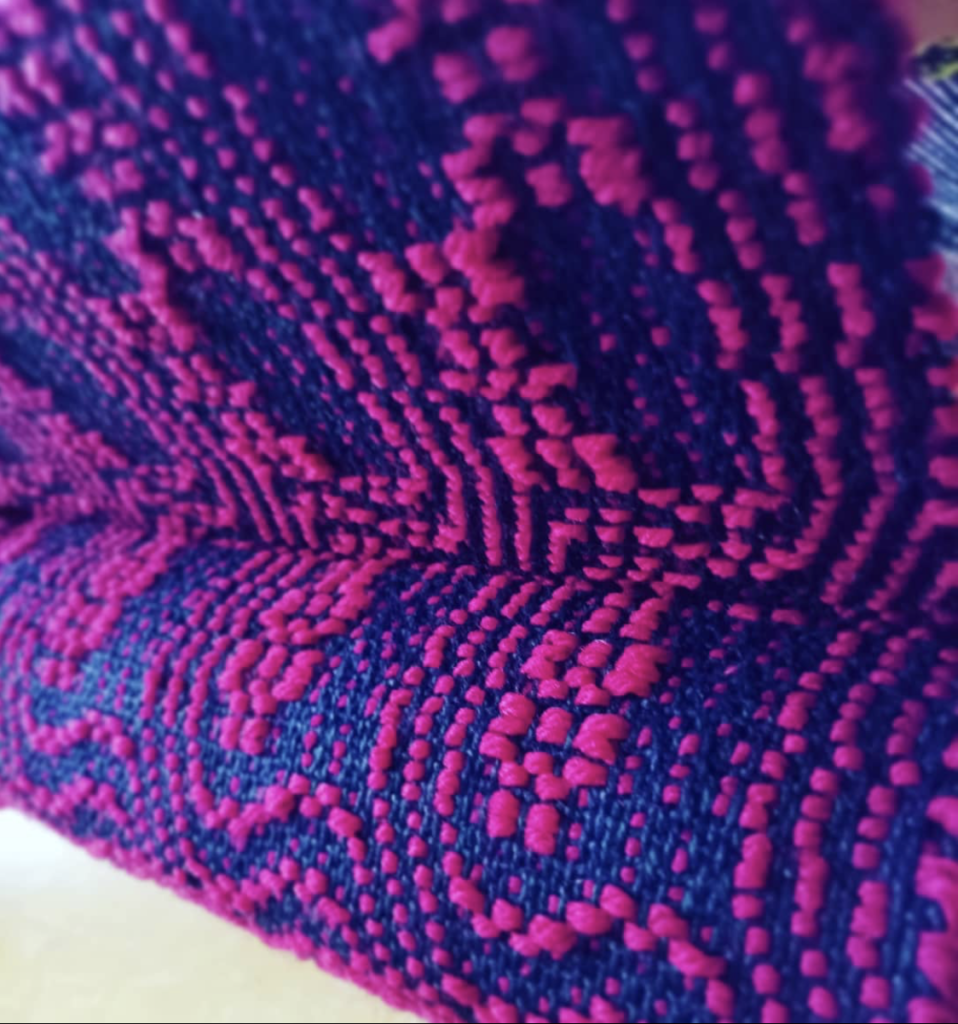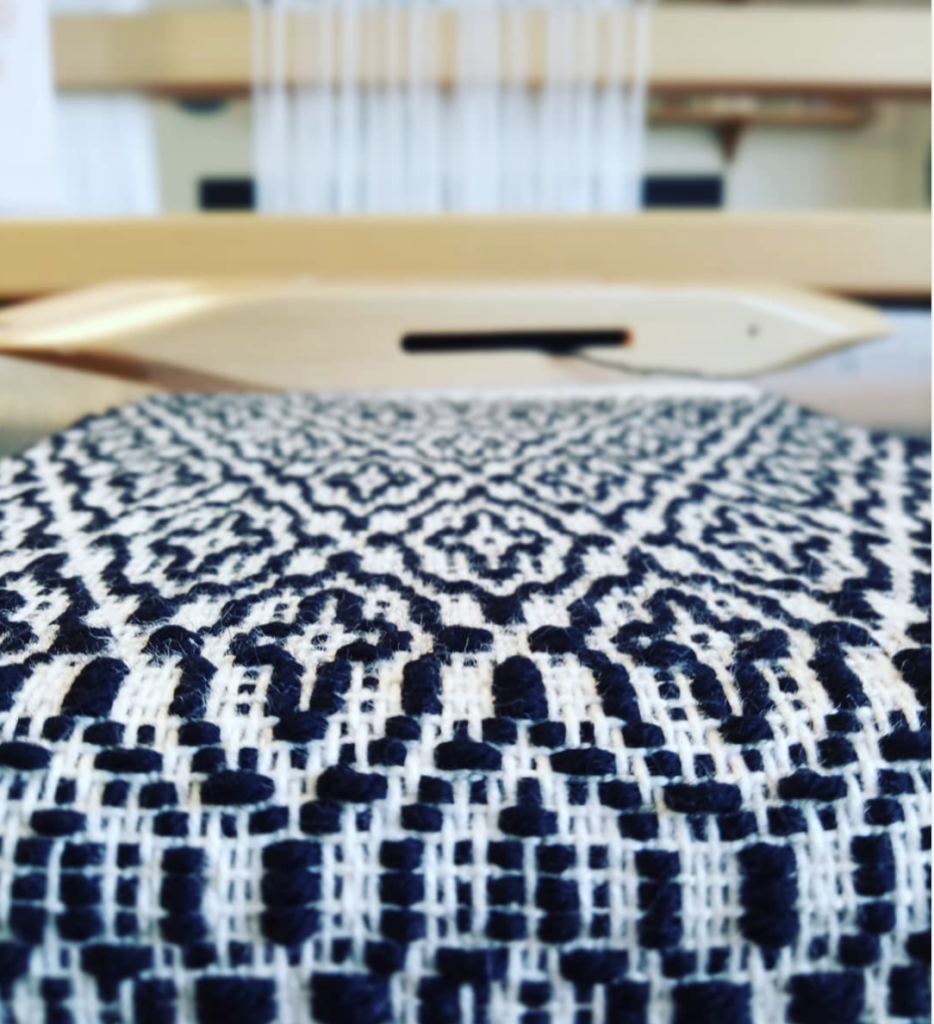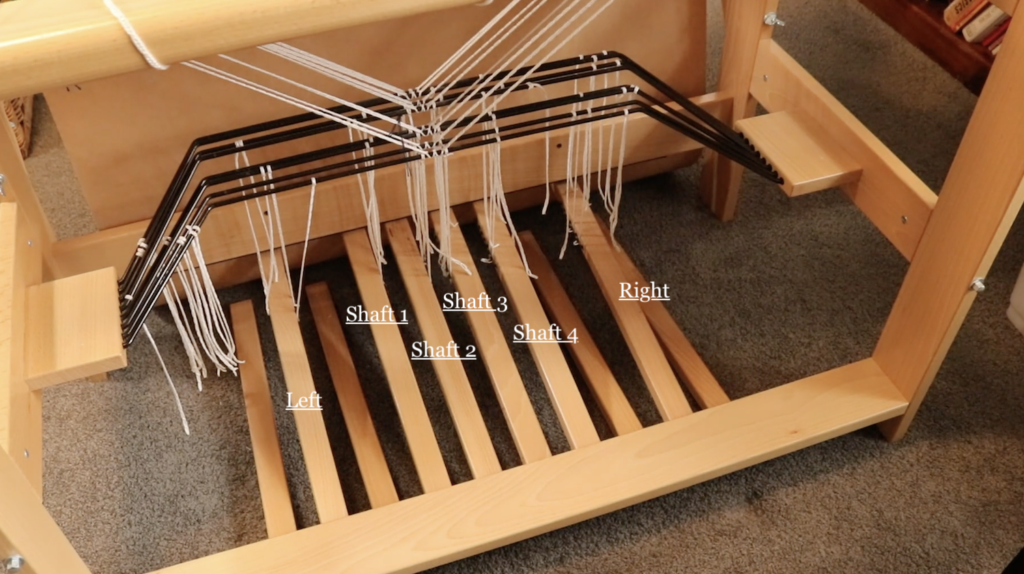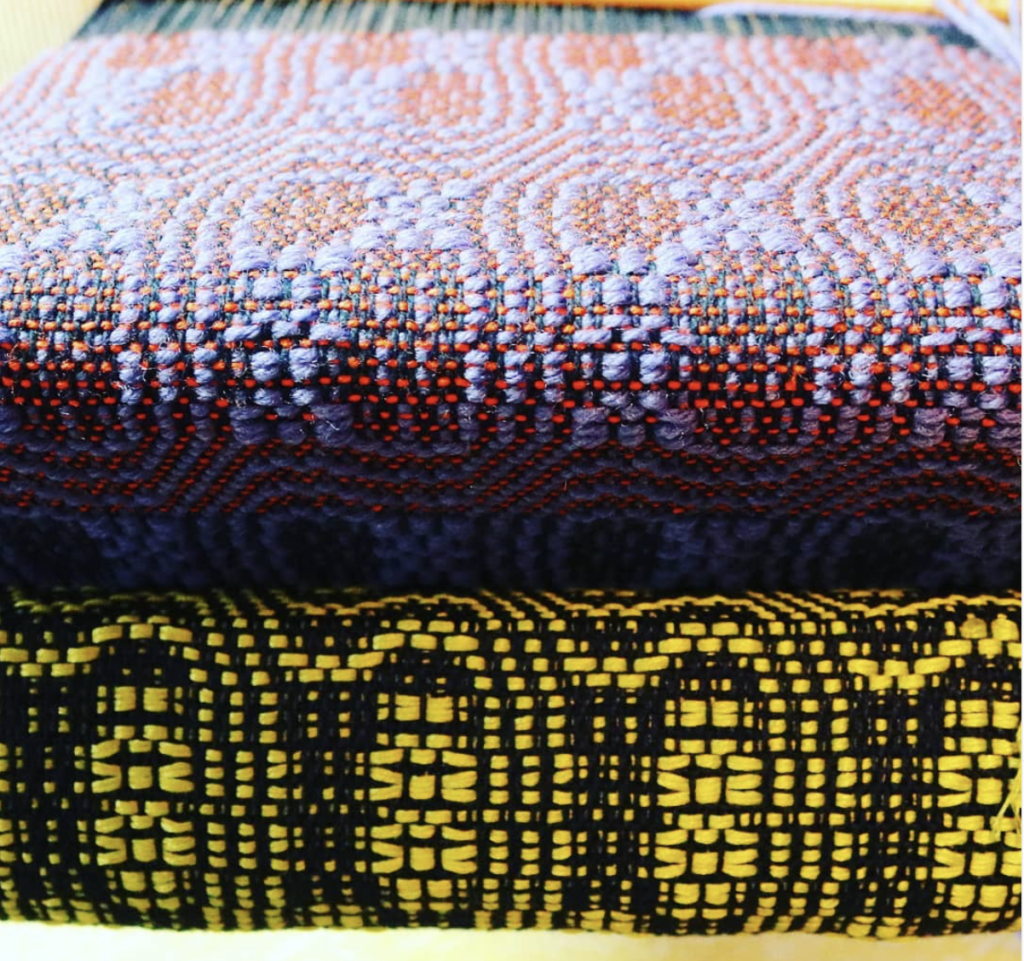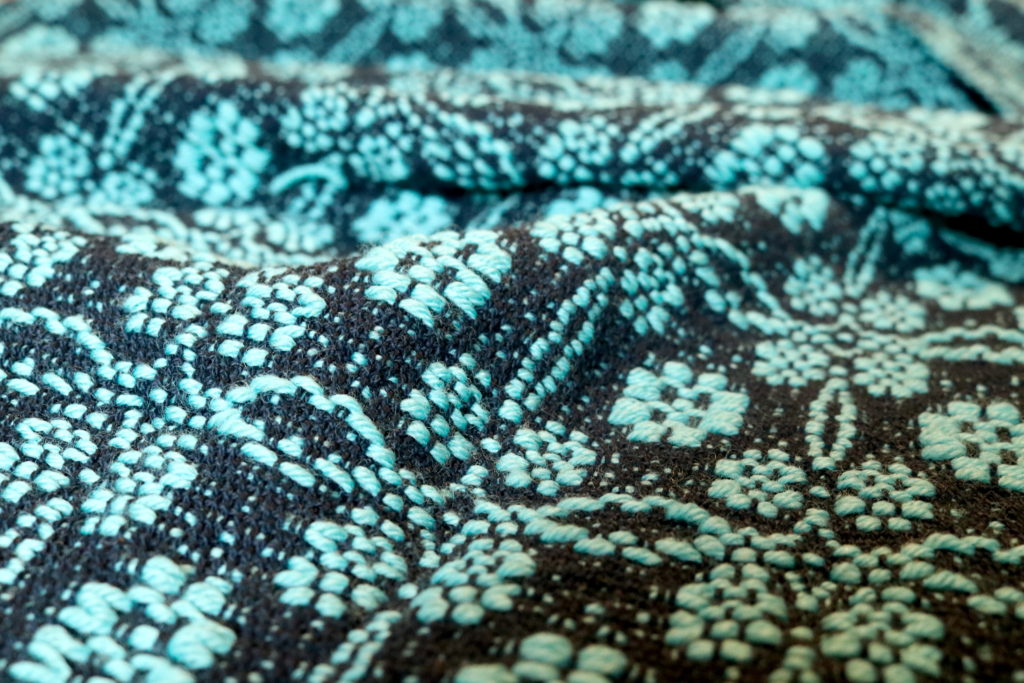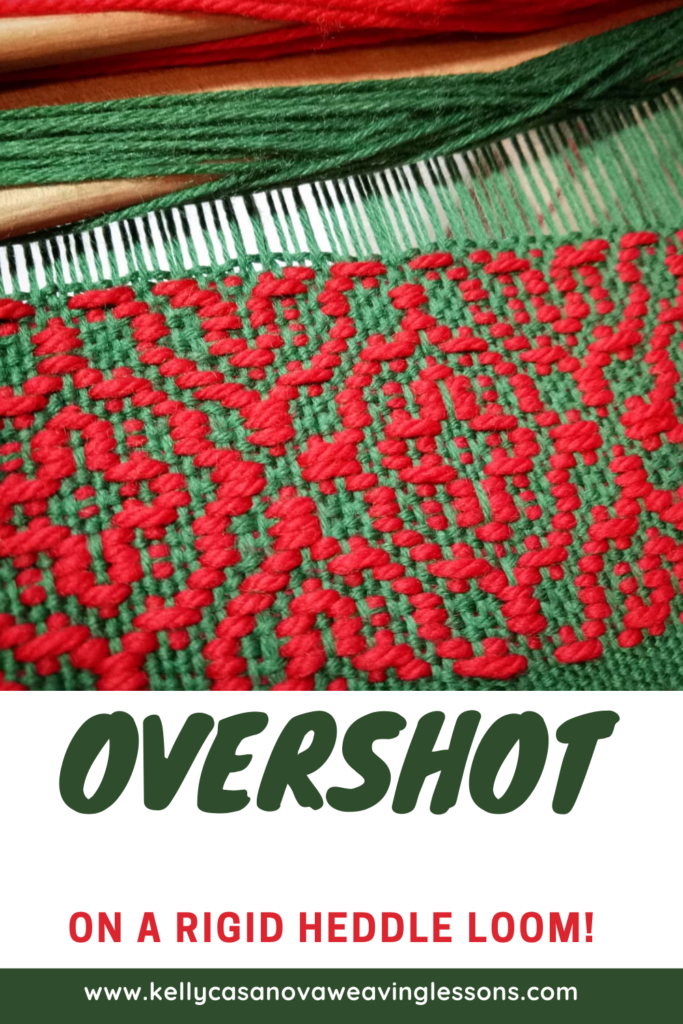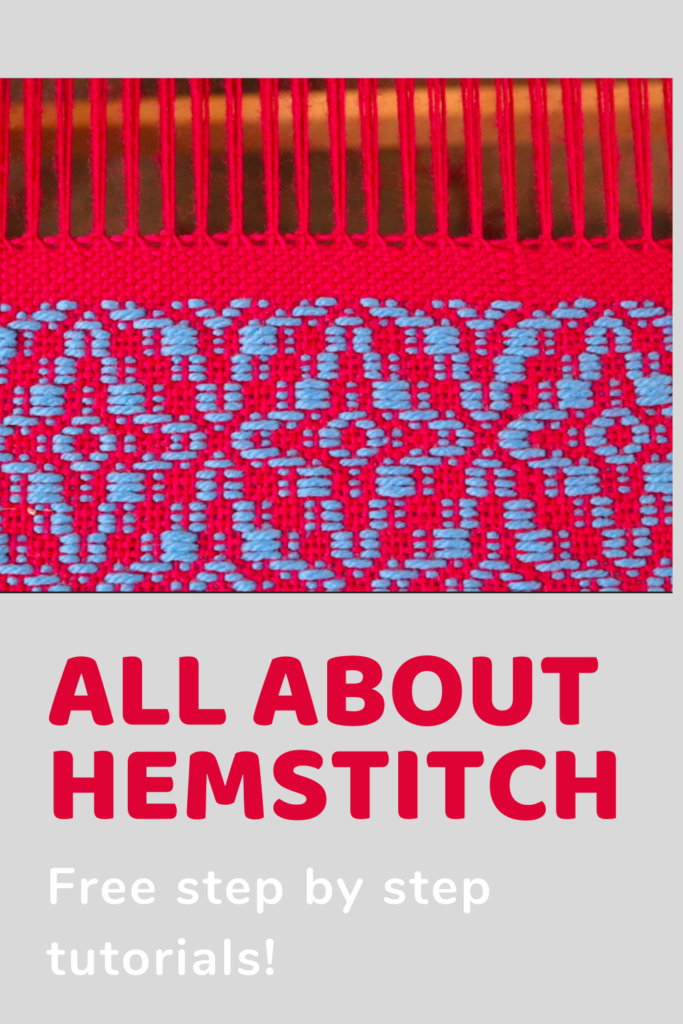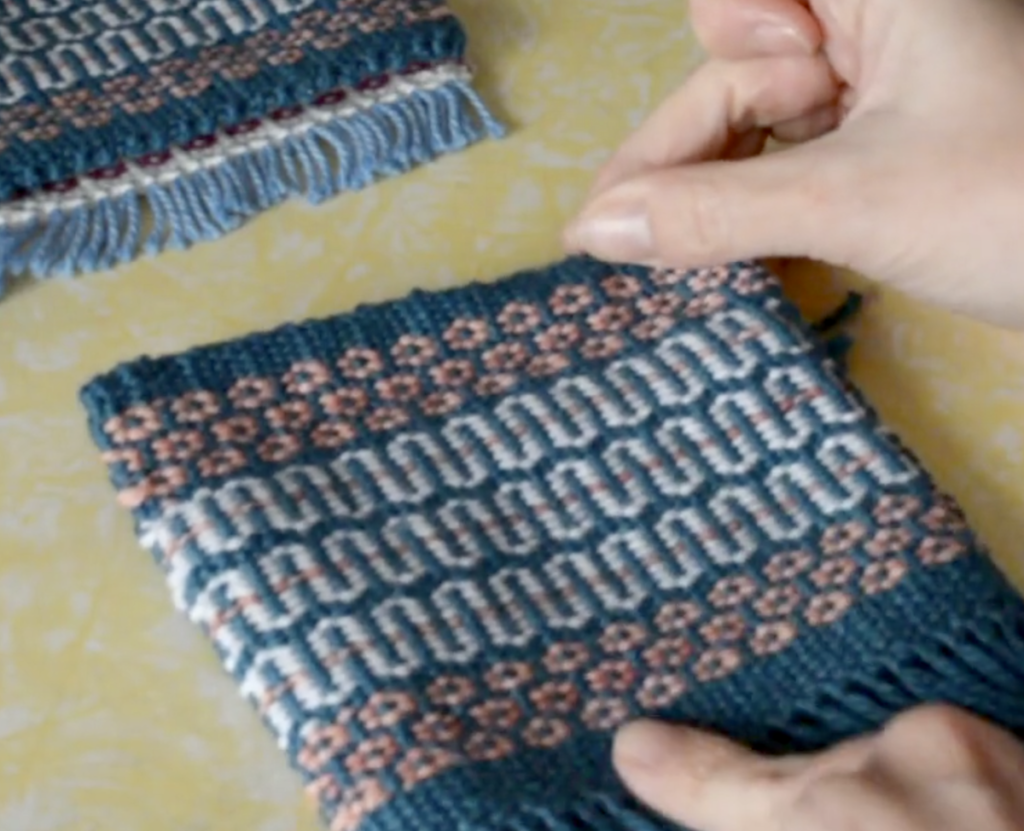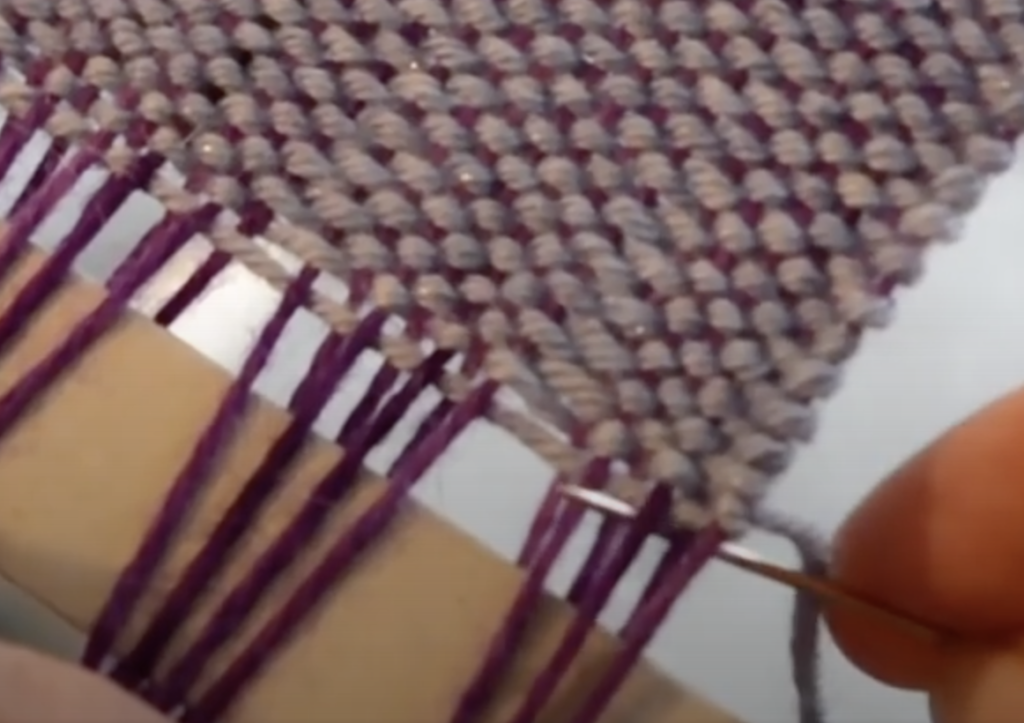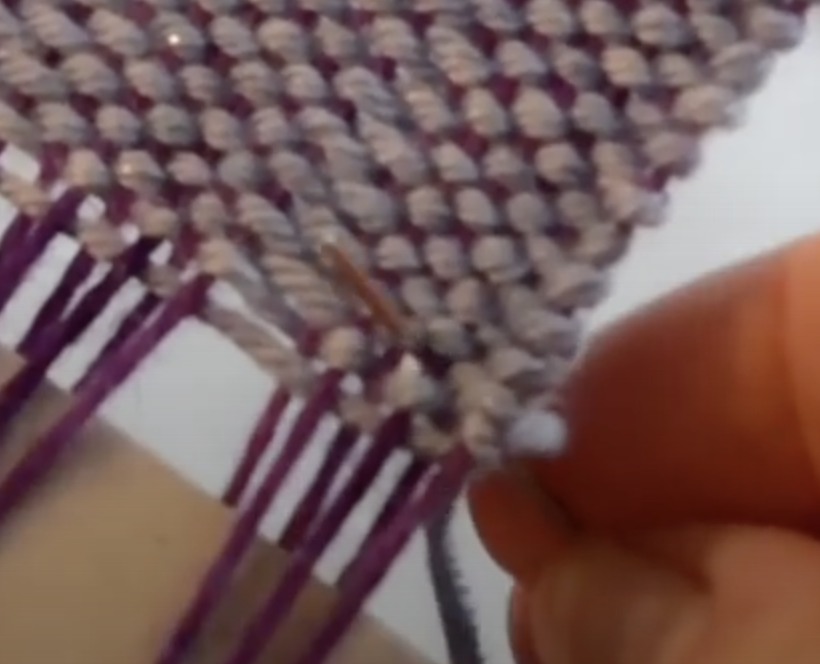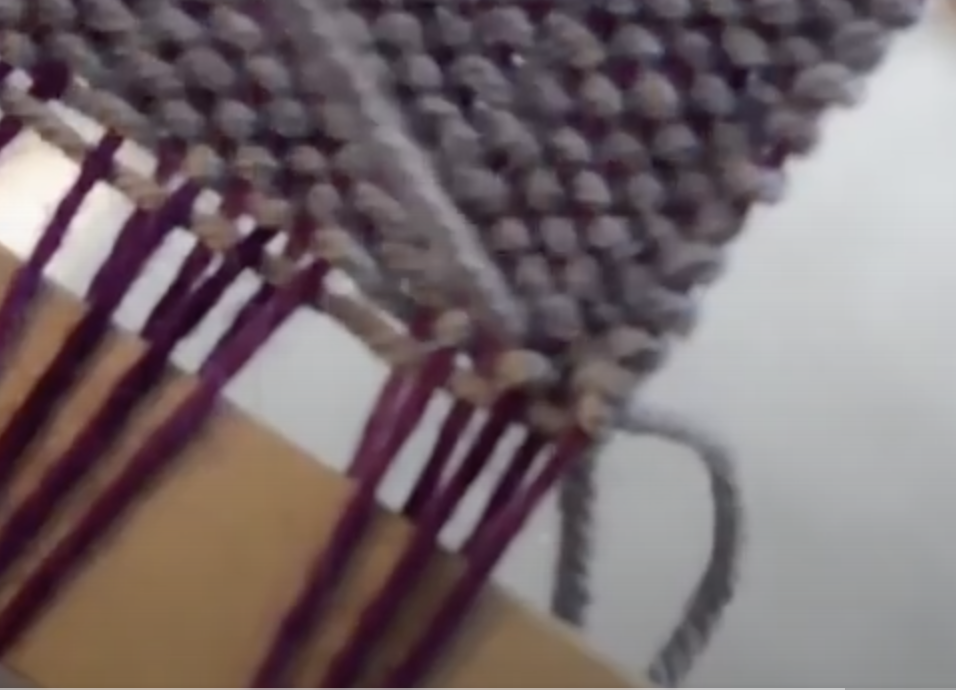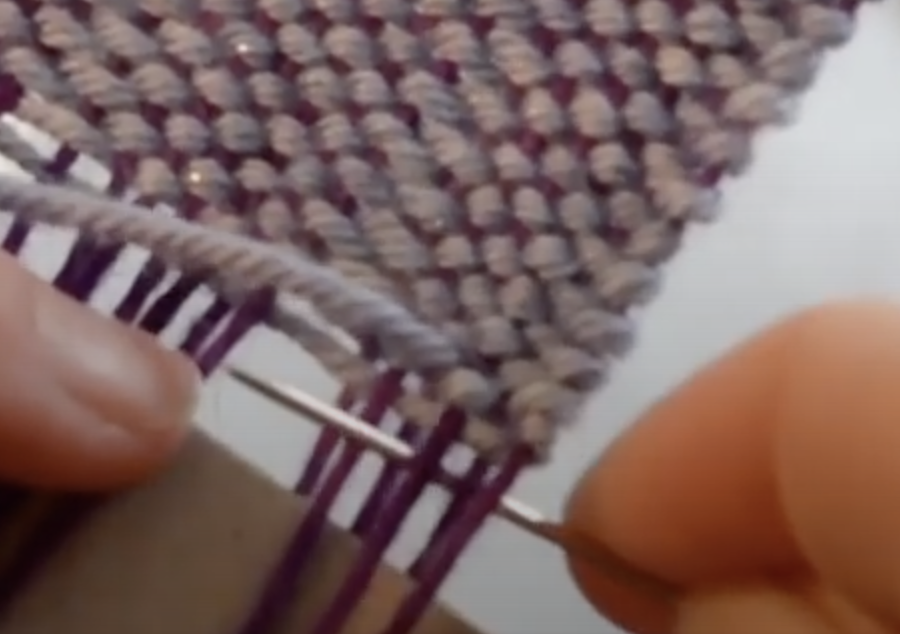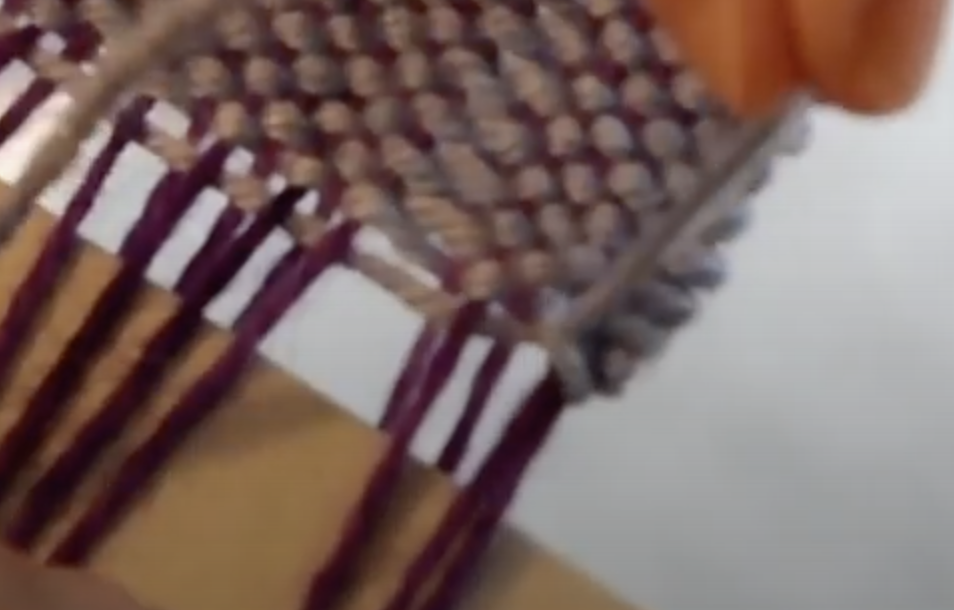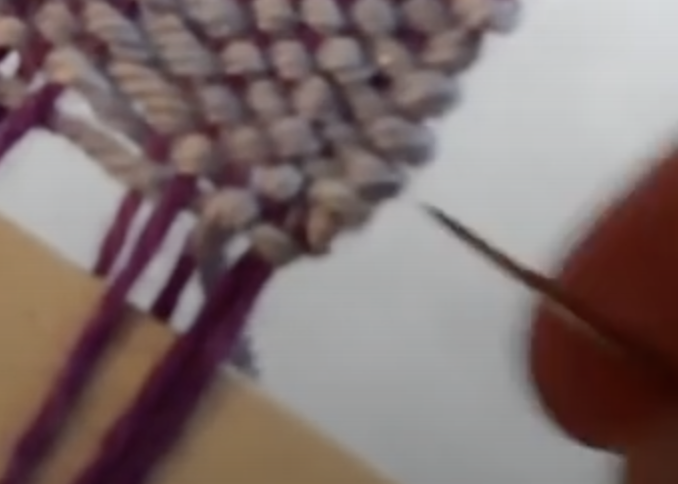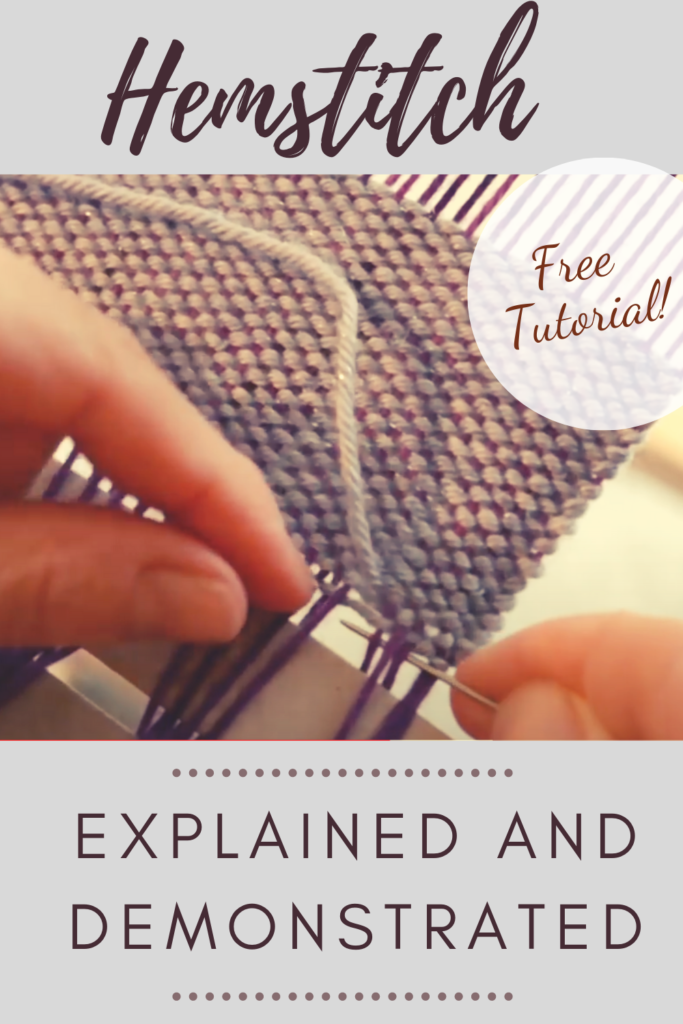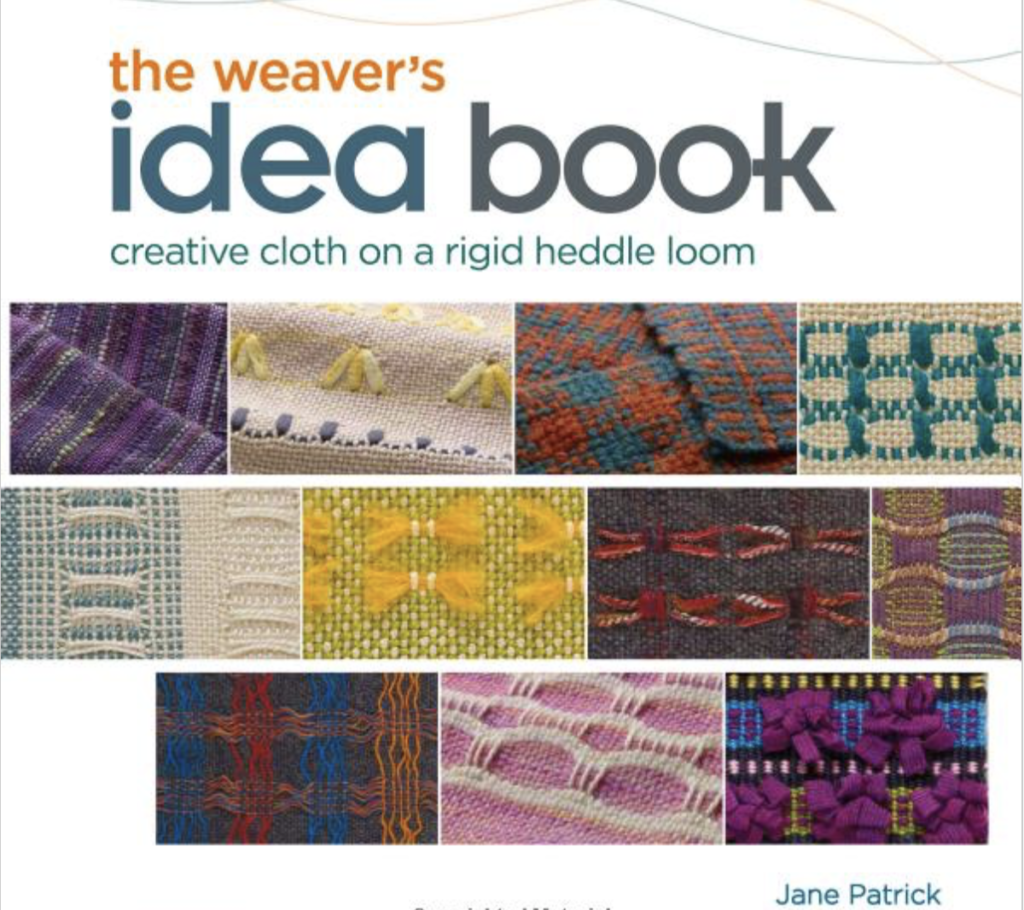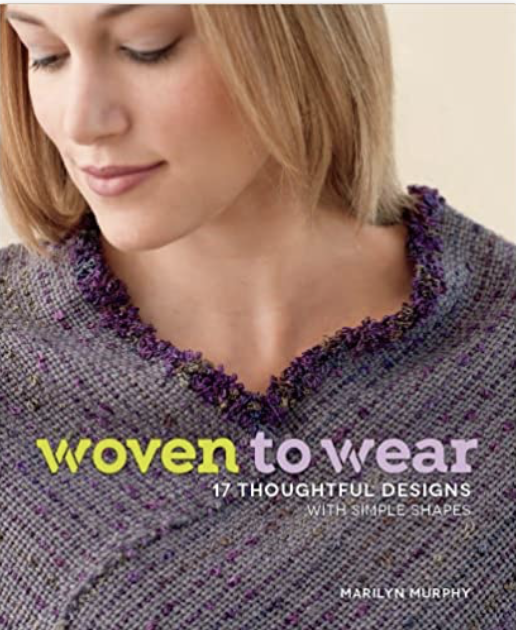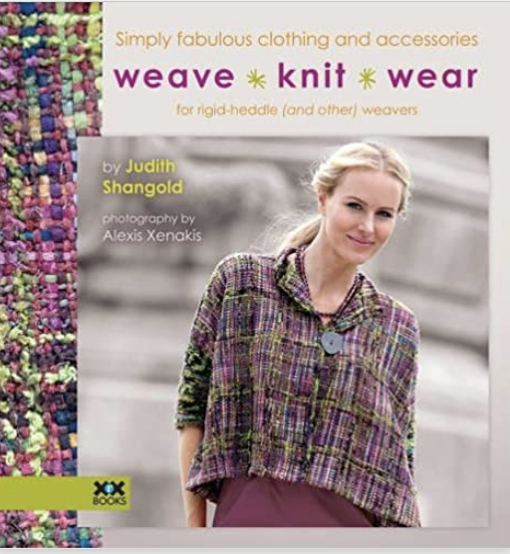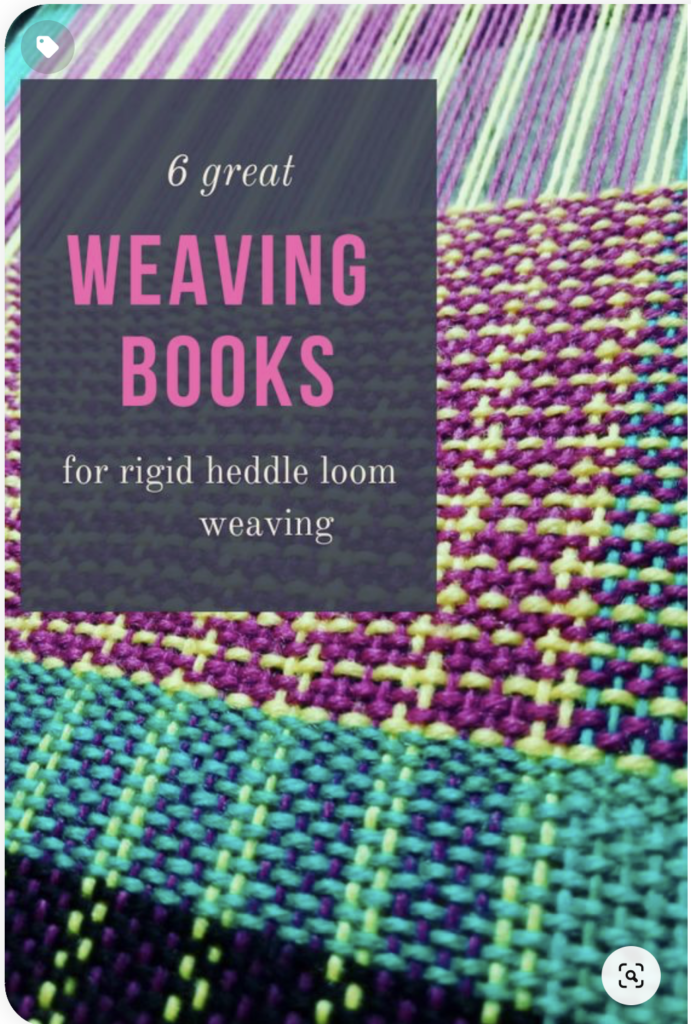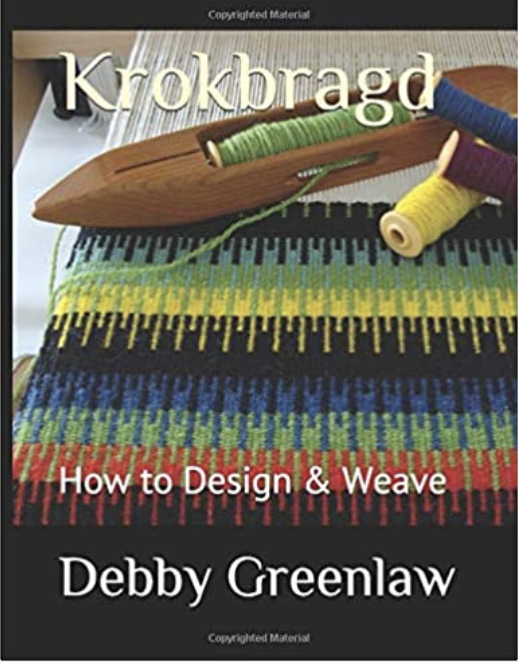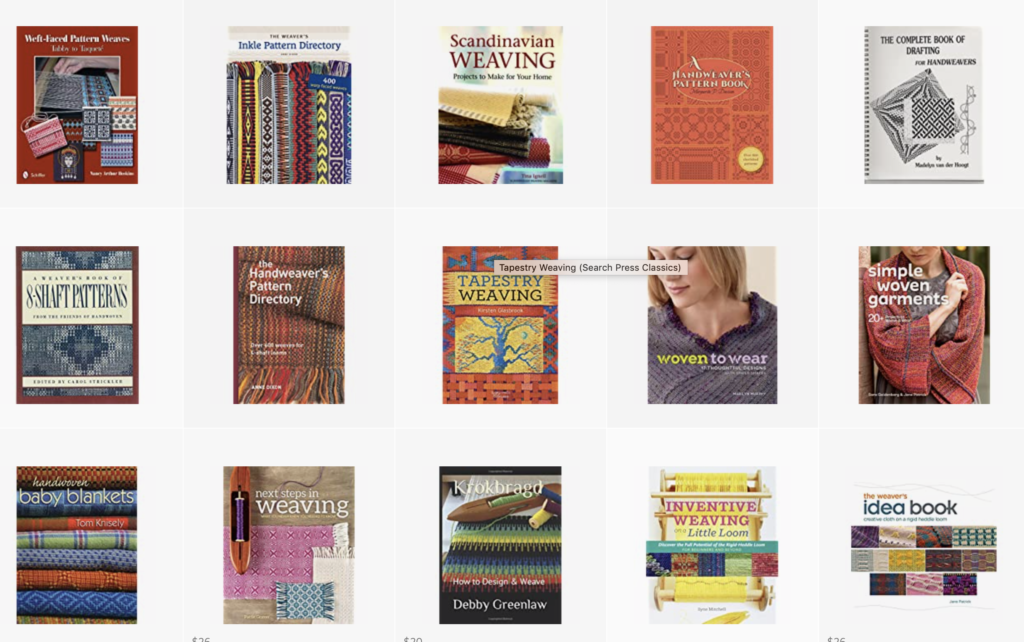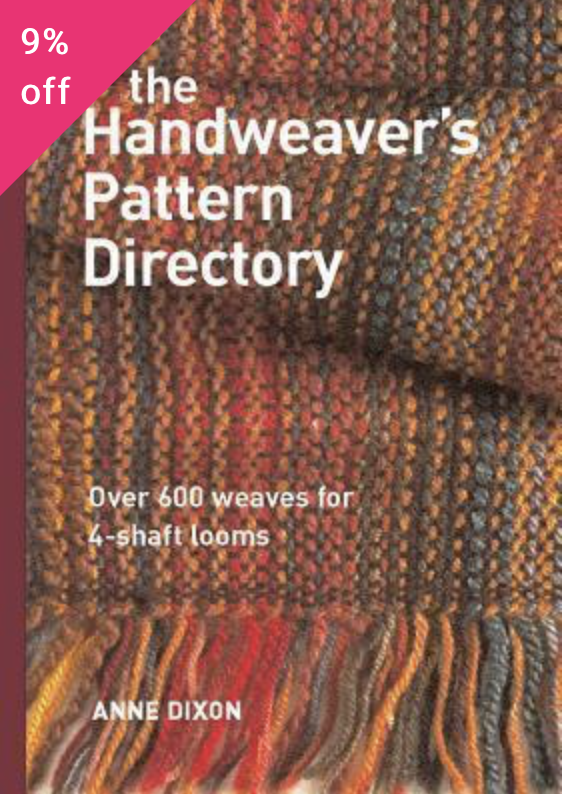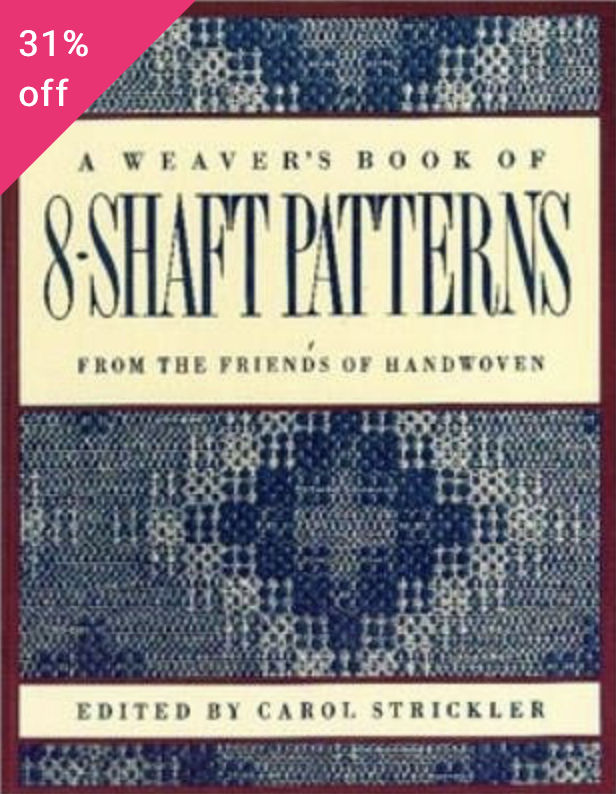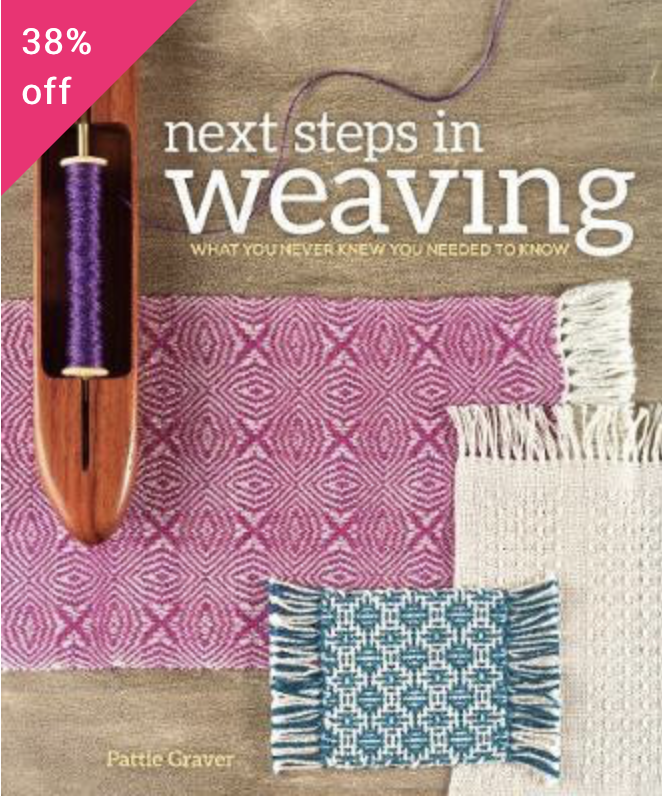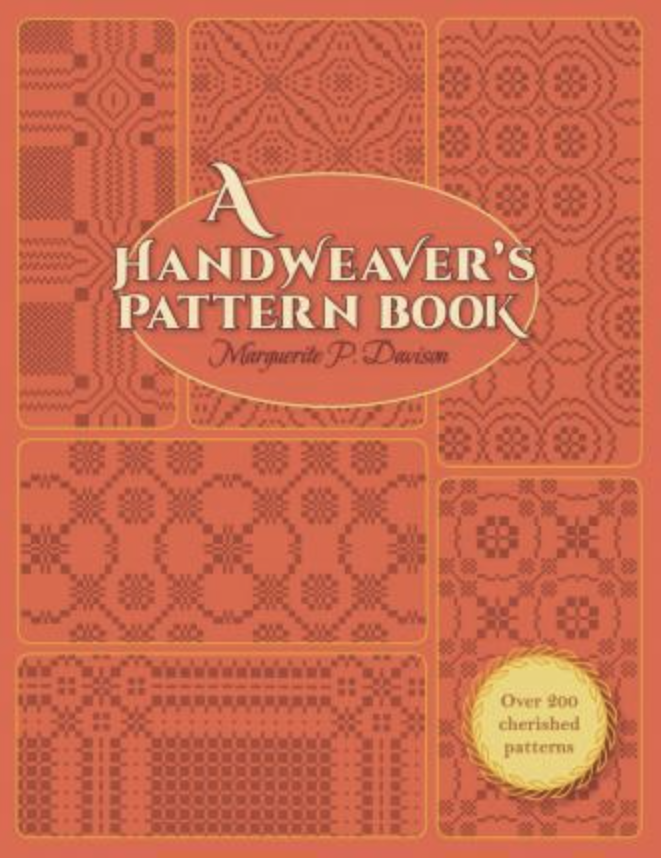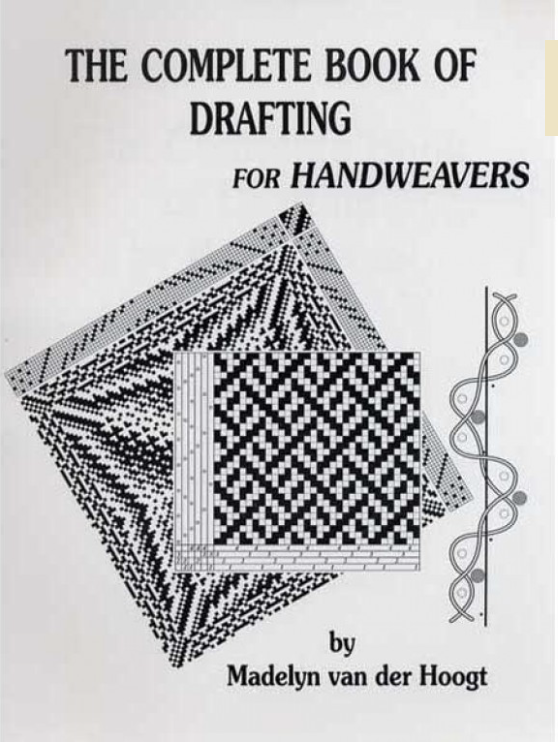Every creative person experiences a loss of mojo at some point.
You know that feeling when you really want to be creative but you either can’t figure out what to do, or you simply don’t have the mental or physical energy to begin?
Thankfully there are some concrete steps you can take to make your way out of this uninspiring headspace and regain that creative mojo.
Here are the tips that always get me back on track:
HEALTH FIRST
An absolute essential is to take stock of your current overall health status. Have you been looking after yourself physically and mentally? Are you getting adequate sleep? Is your loss of mojo a result of over tiredness? If you have a chronic illness are you getting correct treatment or doing all the things you know you should be doing to avoid flare ups?
Although it’s not something that you can necessarily get on top of right away, it’s something that needs your attention first. If you have been neglecting any aspect of your health, start taking steps right now to improve that situation!
MESS IS STRESS
Cleaning up your creative space when you’re lacking energy may not sound like the best advice, but for me this is one of the best ways for me to feel inspired again.
I find that a cluttered space can also make me feel cluttered mentally, which is stifling to creativity. I never regret having a good old fashioned clean up as it allows me start afresh and start to feel like so much is possible again!

Another side benefit of cleaning up your space is you often rediscover lost materials, ideas or even partially started projects. Sorting these things will help you to prioritise and decide on what to do next. Sometimes that will be working on a project to get it finished and sometimes it could be more ideal that you get your creativity flowing again by starting something brand new.
Once you start cleaning you may not feel like stopping. Perhaps you will come up with a new layout or more ways to organise your creative stuff for the future too.
RESOURCES FOR INSPIRATION
Inspiration is actually everywhere, we just don’t always see it.
When I’m lacking mojo I love to flip through some of my favourite books. It can remind me of ideas I’ve already had or weaving drafts I’ve been wanting to try, or it can give me an idea for a new project.
It can be helpful to search on Pinterest and grab some new pins for your inspiration boards.
Youtube is an amazing resource for learning and inspiration where you can find almost anything you want to learn. Did you know that I have almost 400 videos on my weaving channel now? I also have a second channel, Providence Ridge that is a great source of inspiration.
You can find more online inspiration in the form of podcasts, Facebook groups and other online communities. When you have a membership with the Online Weaving School you gain access to a wonderful members only group.
GO AWAY
Here is another idea that seems counterproductive but actually works – get away from your familiar surroundings for a little while!
You know what they say, absence makes the heart grow fonder. By removing yourself from what you’re accustomed to seeing and doing you can come back to it with fresh eyes and a new appreciation.

Not only that, but often you will find new inspirations in a different setting. Whether it’s a nature hike, a visit to the beach, a road trip, visiting galleries or so much more, you can be inspired by nature or things you don’t see everyday.
TRY SOMETHING NEW
Perhaps you’re feeling bogged down by your craft. How about trying something new? I have done this frequently over the years and what I have discovered is that, rather than take me away from my main craft (in my case – weaving!) the more skills you learn the more you can contribute to that chosen craft.
And if you do try something new and feel that is the right time for you to move away from what you have been doing into this new endeavour, that is also a good thing. As an artist/craftist/maker we often feel compelled to be creative and to use our hands to make things. We don’t need to restrict ourselves in this and there are so many ways to achieve artistic expression.
I hope this article has been helpful to you!
Until next time…
Happy Weaving!


